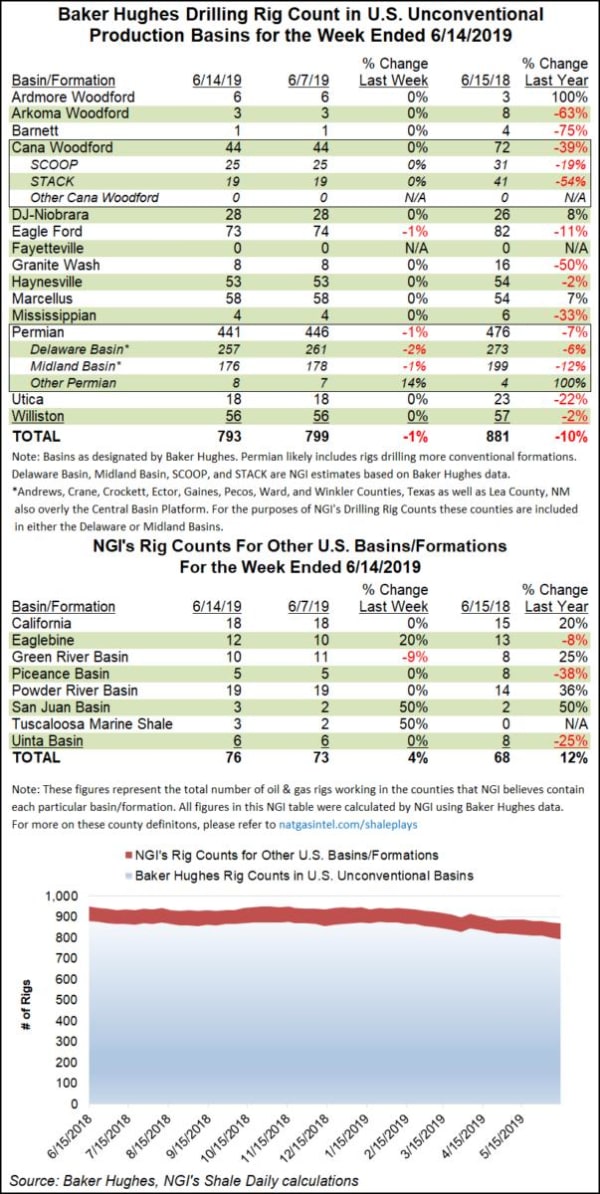First, as we've harped on time and time again, enough with the "iconic" nonsense. Charlotte Russe is NOT an iconic brand. Read "Shoe Dog" by Phil Knight and then you'll get a sense of a truly iconic brand.
But speaking of brands, here is a feature by Noah Brier and Colin Nagy about Tracksmith, an upstart fitness apparel brand geared towards serious-but-still-amateur runners. They take the general view that other players in the space have watered down running apparel with the hope of appealing more broadly to the masses; these folks are more old school, a bit snobby about running, and unapologetic about it.
We found this bit particularly interesting (check links — 100% spot on):
With the gold rush of direct-to-consumer brands, you get the sense that everyone is trying to quickly slap something together using the same agencies, the same colors, and the same paid Instagram strategy. But building strong core muscles and doing something that can stand for a long period of time requires taking some deliberately contrarian positions.
It's true. The ease with which one can start a business today with virtually no infrastructure (PETITION Note: yes, we get that this comment is mildly meta), has created a deluge of purported “brands” all seeking to leech hard-earned dollars out of your pockets as you have a fleeting moment of insecurity-inducing scroll-based FOMO upon the umpteenth picture of your ex-boyfriend with his goddess new girlfriend tanning on a yacht off the coast of Costa Rica clanking bottles with f*cking Jennifer Lawrence as you dive into the misplaced hope that retail therapy will help you feel better(!) about how you're "living the dream" -- but, like, not, really -- because your existence is literally accounted for in six minute increments while you're red-lining changes to the memo that you submitted when it was due two weeks ago and the partner only just now got around to reviewing it despite it being oh-such-an-emergency when it forced you to miss your bestie's birthday party, all the while wondering “what’s the f*cking point” considering you have no clue how you’re possibly going to compete to make partner against that trust-fund broheim who rowed crew at Princeton, with whom the Department Head (who is on his fifth wife) isn’t #MeToo-afraid to go out to drinks and dinner with, who needn’t worry, five years from now, about going through IVF while also working bone-crushing hours or, if successful, ducking off into a dark dank closet to pump while on a conference call leaning up against a bucket and mop set with a stronger personality than the junior partner who is still single, still living in his one bedroom West Village apartment he had in law school, and has an empathy quotient on par with a bowling ball, all while it's 75 degrees outside, there's not a cloud in the sky, and there are people far worse-paid-but-far-happier enjoying their life out in Madison Square Park. Damn Instagram feeds with those damn shiny photos of DTC brands. There goes $4,279. 🖕🖕🖕🖕🖕🖕
But we digress.
Back to DTC...
The first wave of DTC were disruptive and interesting. The Caspers and Warbys of the world. The second wave were perhaps a bit more opportunistic, chasing the gold rush of capital and seemingly less interested in the intangible magic that makes a long-standing and iconic brand. (See: the inherent contradiction with things like Brandless.) But perhaps a third wave of these types of brands can balance a heartbeat with the spirit that goes into a category disruptor.
And as more and more of these zombie, grown-in-a-lab DTC brands pile up (and subsequently drive up the CPMs of social advertising even more), those companies that actually have a vision will be the ones around to be handed down.
We have no crystal ball and cannot predict what will be handed down but the "drive up the CPMs of social advertising even more" bit is on point and potentially devastating to all of those retailers out there whose stated strategy is to deploy more resources to social marketing. The cover charge for that is getting far more onerous as Facebook Inc. ($FB) limits supply amidst fervent demand. Indeed, the over-saturation of social is leading to a dramatic shift in customer-acquistion-strategies, with DTCs spentding $3.8b on TV ads last year — an increase of 60% over 2017. It's gotten so hard to stick out……..
















